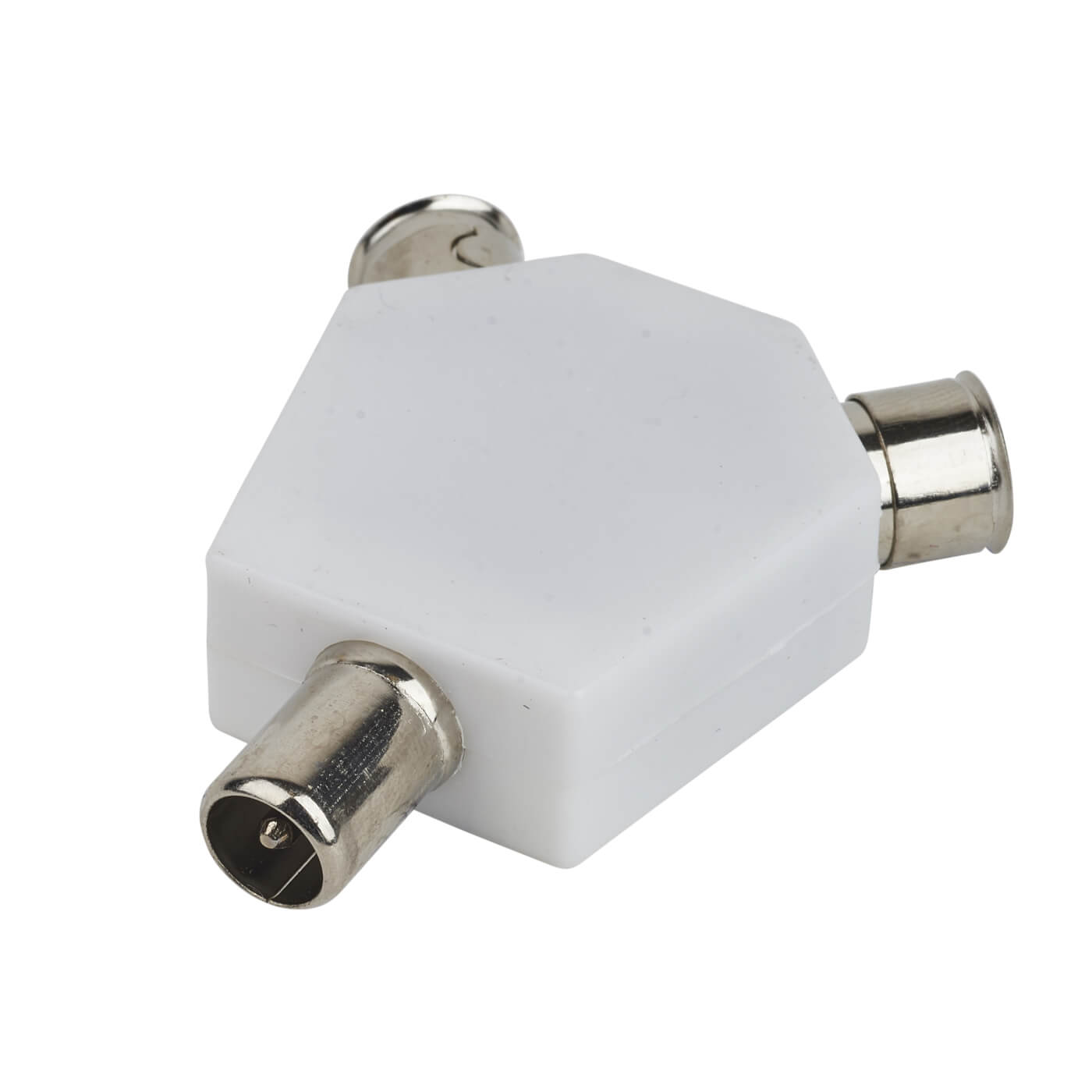


Directional couplers are frequently symmetrical so there also exists port 4, the isolated port. Port 2 is the transmitted port where the power from port 1 is outputted, less the portion that went to port 3. Port 3 is the coupled port where a portion of the power applied to port 1 appears. Port 1 is the input port where power is applied. The symbol may have the coupling factor in dB marked on it. The symbols most often used for directional couplers are shown in figure 1. Two symbols used for directional couplers These include providing a signal sample for measurement or monitoring, feedback, combining feeds to and from antennas, antenna beam forming, providing taps for cable distributed systems such as cable TV, and separating transmitted and received signals on telephone lines. Many of these waveguide couplers correspond to one of the conducting transmission line designs, but there are also types that are unique to waveguide.ĭirectional couplers and power dividers have many applications. Also at microwave frequencies, particularly the higher bands, waveguide designs can be used. However, lumped component devices are also possible at lower frequencies, such as the audio frequencies encountered in telephony. This technique is favoured at the microwave frequencies where transmission line designs are commonly used to implement many circuit elements. A directional coupler designed to split power equally between two ports is called a hybrid coupler.ĭirectional couplers are most frequently constructed from two coupled transmission lines set close enough together such that energy passing through one is coupled to the other. Power entering the output port is coupled to the isolated port but not to the coupled port. An essential feature of directional couplers is that they only couple power flowing in one direction. They couple a defined amount of the electromagnetic power in a transmission line to a port enabling the signal to be used in another circuit. Power dividers (also power splitters and, when used in reverse, power combiners) and directional couplers are passive devices used mostly in the field of radio technology. A 3 dB 2.0–4.2 GHz power divider/combiner. From left to right: input, coupled, isolated (terminated with a load), and transmitted port. Just as in the case of a Pre-Amplifier, however, bigger is not always better.A 10 dB 1.7–2.2 GHz directional coupler. Conversely, if you have an eight-way splitter and hundreds of feet of cable, you will need an amplifier with a higher gain. In other words, if you have fifty feet of cable and a two-way splitter, then a 10 db amplifier will be fine. The gain of a Line Amplifier should be selected to zero out the loss that follows it.
Coax coupler tv#
If you are adding several Directional Coupler Drop Taps to an existing Cable TV or Antenna feed, you may need to compensate for the loss that you are about to introduce. The Higher the dB Tap value, the lower the "Thru" leg loss.

They are typically rated in dB as to the Loss incurred from "Input" to "Tap" leg, with the "Thru" Leg suffering comparatively less loss. Another Situation would be that one device simply requires more than the other and both would be Accomodated using this Device. Cable TV Companies do this quite often in "Tapping-Off" signal to feed the Cable Modem. In a more Domestic Situation, a coupler is handy to feed a device close to the origin of the signal (like where the Cable TV company attaches to the house outside) and send the majority through a relatively long run to feed other devices at the end. This example is used in most Hotels and Motels as the cable runs up or down from floor to floor passing the next room above or below, using a Tap to "tap-off" signal to each room as it passes. This type of Distribution occurrs in "Loop Run" systems that essentially run one cable past each user in a "Loop", Tapping signal to feed each as it passes.

The Directional Coupler will "Tap Off" Some signal to feed a local TV or similar component and send the Majority "Thru" to continue on down the Line to Continue or Repeat this exercize over and over again. The insertion and coupling loss is different however, when compared to a simple two way with an equal split of one half, or 3 dB. RF Directional Couplers are like splitters in that they can feed two lines from one, or combine two signals into one cable or feed.


 0 kommentar(er)
0 kommentar(er)
